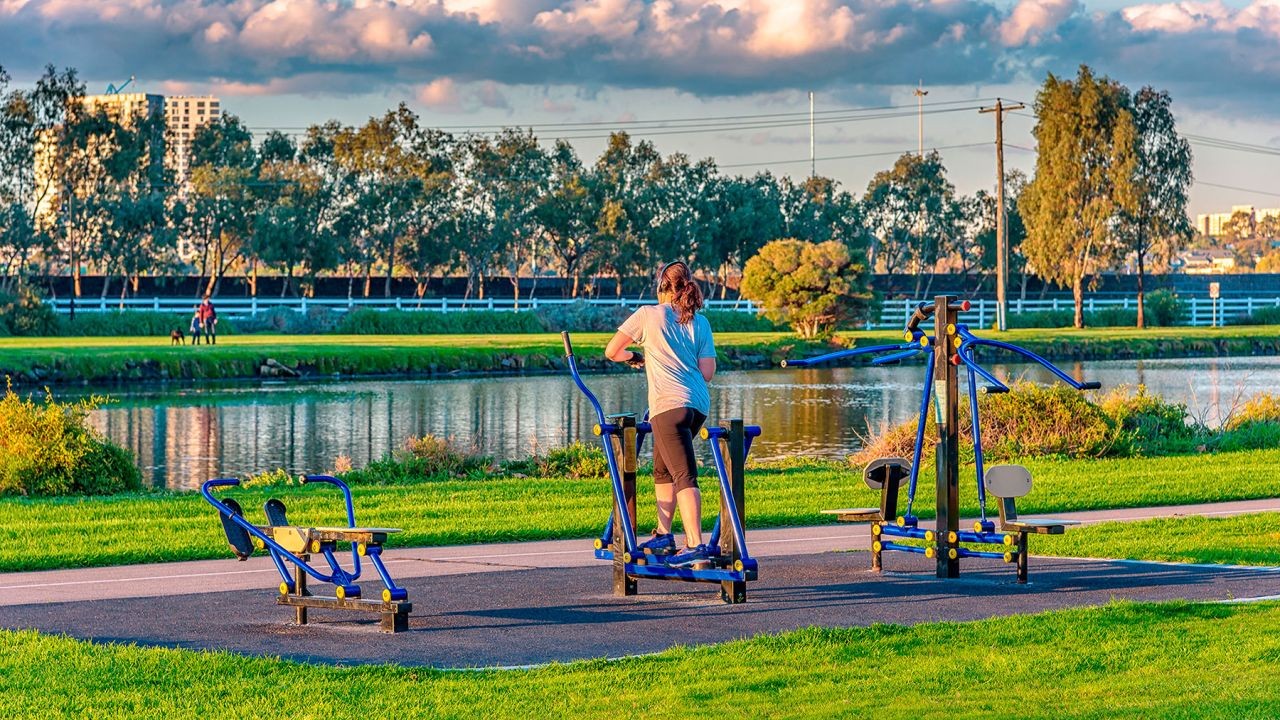New Zealand's breathtaking landscapes are not just a boon for tourism; they have also fostered a vibrant outdoor fitness culture. From jogging along Auckland's waterfront to mountain biking in Rotorua, Kiwis embrace the outdoors with zeal. However, the sustainability of this fitness culture is increasingly under scrutiny. With growing environmental concerns and the need for sustainable practices, how does New Zealand fare? This article delves deep into the sustainability of New Zealand’s outdoor fitness culture, offering insights for sustainability consultants and interested stakeholders.
The Current Landscape: New Zealand’s Outdoor Fitness Culture
New Zealand is renowned for its natural beauty, making outdoor fitness an integral part of its culture. According to Stats NZ, over 90% of Kiwis engage in some form of physical activity, with a significant portion opting for outdoor activities. This high participation rate is supported by the country's extensive network of parks, trails, and recreational facilities.
However, the environmental impact of maintaining these facilities is a growing concern. The Department of Conservation (DOC) reports that increased foot traffic and recreational use in some areas have led to erosion and habitat disruption. Moreover, the reliance on infrastructure that may not be environmentally sustainable poses a challenge.
Comparative Analysis: Global Perspectives on Sustainable Fitness
Globally, countries like Norway and Canada have pioneered sustainable fitness initiatives by integrating eco-friendly practices into public recreational spaces. For instance, Norway's "Green Tracks" initiative focuses on minimizing environmental impact by using sustainable materials in the construction of outdoor facilities.
New Zealand can take cues from such initiatives to enhance its own practices. Implementing sustainable materials and renewable energy sources in fitness infrastructure can significantly reduce environmental footprints. Moreover, community engagement in sustainability efforts can foster a culture of environmental responsibility.
Case Study: Eco-Friendly Renovations in Rotorua
Problem: The Whakarewarewa Forest in Rotorua, a popular mountain biking and hiking destination, faced issues of trail erosion and habitat disturbance due to heavy foot traffic.
Action: To address these challenges, the Rotorua Trails Trust collaborated with local iwi to implement sustainable trail management practices. This included using locally sourced, eco-friendly materials for trail maintenance and engaging the community in conservation efforts.
Result: After implementing these changes, the forest saw a 30% reduction in erosion-related issues and improved biodiversity, with native flora and fauna thriving. Visitor satisfaction increased by 25%, as reported by tourism surveys.
Takeaway: This case underscores the effectiveness of combining traditional knowledge with modern sustainability practices. New Zealand’s outdoor fitness culture can thrive by adopting similar community-driven, eco-friendly initiatives.
Pros and Cons: Sustainability in Outdoor Fitness
Pros:
- Eco-conscious Engagement: Encourages a connection with nature, promoting environmental stewardship among participants.
- Health Benefits: Improves physical and mental health, reducing healthcare costs long-term.
- Tourism Boost: Attracts eco-tourists, aiding local economies.
Cons:
- Environmental Impact: Increased foot traffic can lead to habitat disruption and erosion.
- Resource Intensive: Requires significant resources for maintenance and sustainable infrastructure development.
- Regulatory Challenges: Balancing access and conservation can be complex, requiring robust policy frameworks.
Contrasting Viewpoints: Is Outdoor Fitness Truly Sustainable?
Advocate Perspective: Proponents argue that New Zealand’s outdoor fitness activities promote health and environmental awareness. By integrating sustainability into recreational infrastructure, the environmental impact can be mitigated.
Critic Perspective: Critics highlight that without stringent regulations and sustainable practices, the environmental costs may outweigh the benefits. They emphasize the need for comprehensive policies that enforce sustainable usage of natural resources.
Middle Ground: A balanced approach incorporating policy, community engagement, and sustainable technology can ensure that outdoor fitness activities remain sustainable. This includes regular environmental impact assessments and adaptive management strategies.
Common Myths & Mistakes
Myth: "Outdoor fitness is inherently sustainable because it’s in nature."
Reality: While outdoor fitness utilizes natural settings, without sustainable practices, it can harm the environment. Responsible usage and sustainable infrastructure are crucial.
Myth: "More facilities mean better sustainability."
Reality: Quality over quantity is vital. Sustainable design and materials are more important than the number of facilities.
Mistake: Ignoring local ecological knowledge in planning.
Solution: Collaborate with local iwi and conservation groups to integrate traditional ecological knowledge into sustainability practices.
Future Trends & Predictions
By 2028, it is predicted that 50% of New Zealand’s outdoor fitness facilities will integrate renewable energy solutions, such as solar-powered lights and eco-friendly materials (Source: MBIE Report 2023). This shift will be driven by increased public demand for sustainable practices and government incentives.
Moreover, advancements in technology will enable more efficient monitoring of environmental impacts, allowing for real-time adjustments to minimize ecological footprints.
Final Takeaways & Call to Action
- Fact: Sustainable practices in outdoor fitness not only benefit the environment but also enhance community health and local economies.
- Strategy: Engage with local communities and experts to implement sustainable practices in recreational planning.
- Mistake to Avoid: Neglecting the integration of traditional ecological knowledge in sustainability efforts.
- Pro Tip: Regular environmental impact assessments can ensure adaptive management and sustainability in outdoor fitness activities.
As New Zealand continues to embrace its outdoor fitness culture, sustainability must remain at the forefront. By adopting eco-friendly practices and engaging communities, we can ensure that the natural beauty of Aotearoa is preserved for future generations. What steps will you take to promote sustainability in outdoor fitness? Share your thoughts and strategies below!
People Also Ask (FAQ)
- How does outdoor fitness impact New Zealand's environment?Outdoor fitness can lead to habitat disruption if not managed sustainably. However, integrating eco-friendly practices can mitigate these impacts, as seen in Rotorua's successful case study.
- What are the best strategies for sustainable outdoor fitness?Strategies include using sustainable materials, engaging local communities, and conducting regular environmental impact assessments to adapt practices.
- What upcoming changes could affect outdoor fitness in New Zealand?By 2028, renewable energy solutions in fitness facilities will be more prevalent, driven by government incentives and public demand for sustainability.
Related Search Queries
- Sustainable outdoor fitness practices in New Zealand
- Eco-friendly recreational facilities NZ
- Environmental impact of outdoor activities NZ
- Community engagement in sustainability NZ
- Renewable energy in fitness facilities NZ
































DorisGaine
6 months ago